Page Contents
OVERVIEW
This guide is designed to give a comprehensive overview of how the newborn baby is managed literally immediately after delivery. While there can always be variations in the order of certain events, the below is a general chronological outline of what is done to manage the newborn baby’s care after birth.
SKIN-TO-SKIN CONTACT
In the setting of a vaginal birth one of the things that is done right after the baby is delivered is to place the nude baby on the mother’s bare chest/abdomen (this is referred to as skin to skin contact). It is important to realize that at this point the umbilical cord is intact.
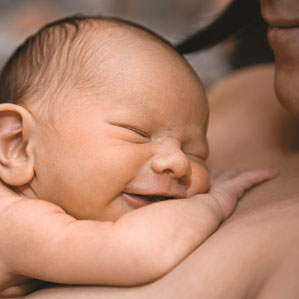
*It is important to note that immediately placing the baby on the mother’s abdomen/chest will elevate its level above the placenta. Some believe that the baby should be kept at the level of the placenta initially for some time (so blood can easily go from the placenta to the baby) before elevating the newborn.
CUTTING THE UMBILICAL CORD
The exact timing of when to cut the umbilical cord is one that has some controversy around it. That being said, it is not uncommon to (while the baby is skin to skin with the mother) wait until the umbilical artery is no longer pulsating to clamp and cut the umbilical cord. When it is time to cut the cord, two clamps should be placed on the cord, and the cord should be cut in between the clamps. At this point the baby will be free to be evaluated, and cord blood can also be collected for laboratory analysis.
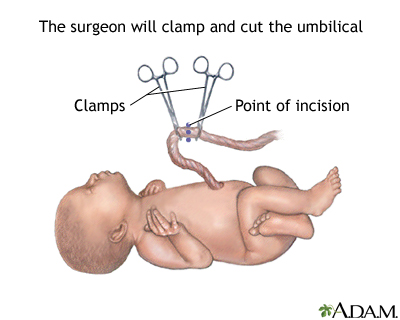
EVALUATING THE BABY
Once the baby is “liberated” from the mother (i.e. the umbilical cord has been cut) it can now be evaluated to assess its overall all health. There are a few basic components of fetal evaluation.
Apgar score: this is a means by which some of the baby’s physical characteristics can be qualified and quantitated. This score is done typically 1 and 5 minutes after birth.
Weight/Length: these basic measurements are taken during this time as well.
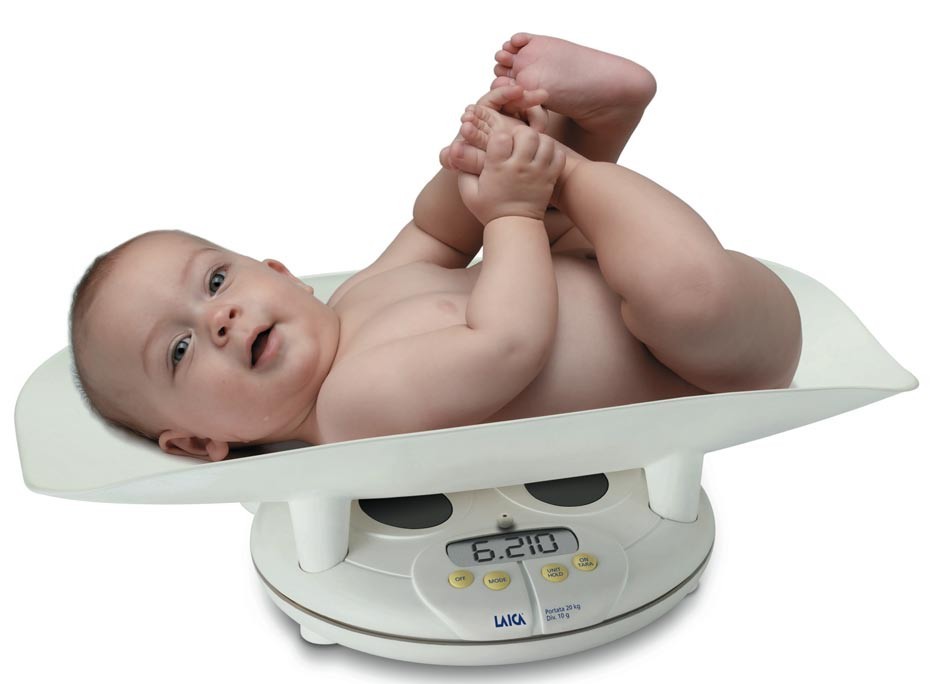
CORD BLOOD COLLECTION
If desired, blood from the umbilical cord can be collected (and then sent to a cord blood bank). The reason for collecting/storing cord blood is because cord blood contains hematopoietic stem cells that can be used if the patient later on has a hematopoeitic disease/malignancy (i.e. they can be used for a haematopoietic stem cell transplant).
Once the blood is collected (if it was needed) then the placenta can be delivered.
MEDICATIONS/VACCINATIONS/PROPHYLAXIS
Newborn babies will routinely get a few important injections/medications. This can occur a little while after the birth (for example, in the case of a C-section this will not happen in the operating room, but in the recovery room). The following are often administered to the baby (with the permission of the parents):
Vitamin K: this is administered to the baby in order to prevent vitamin K deficiency bleeding. Vitamin K is required for the activation of many different clotting factors, so it is routinely given to newborns as an injection to prevent any bleeding that might be associated with low levels of vitamin K.
Erythromycin eye ointment is often used to prevent infections of the eye. This is a one time prophylaxis against chlamydia, gonorrhea, and bacterial infections that can cause conjunctivitis.
Hepatitis B vaccine: this immunization is a series of 3 vaccinations that can be started soon after delivery. While the vaccination can also be started later on in life, many parents find it convenient to begin this vaccination series with the vitamin K injection.
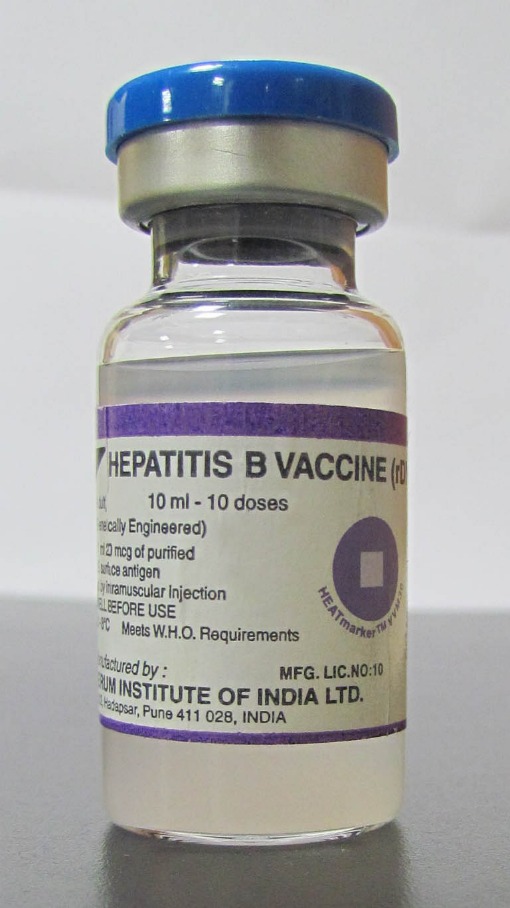
BREAST FEEDING
It is important to appreciate that the delivery process is often very tiring for the mother, and that she may not be ready to immediately begin breast feeding post delivery. This is OK! It is important from the mother to be relaxed and not stressed for the process of latching to be optimal. Newborns do NOT require immediate feeding (and can go the better part of a day without feeding post delivery). Once the mother is relaxed a bit, the process of latching should be attempted.
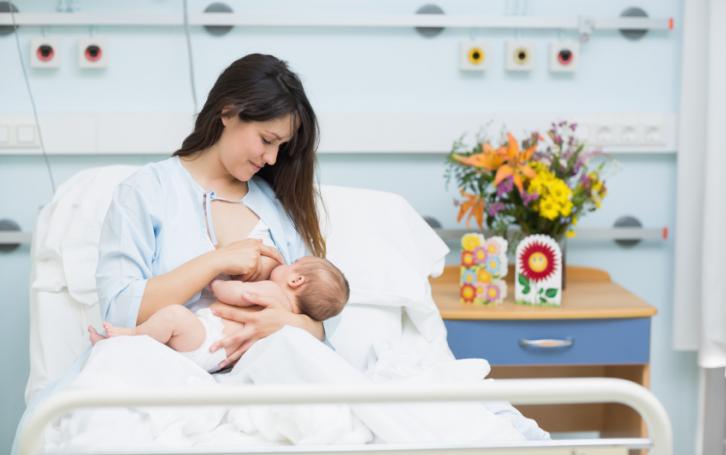
NEONATAL PHYSICAL EXAM
This usually will be completed by a pediatrician (and can sometimes be done the day after the delivery). A separate page is dedicated to the complete newborn physical exam.
Page Updated: 05.15.2016